People can use bail bonds to ensure their release from custody while they await trial by making a partial payment toward the bail cost. A bail bond agent typically charges a non-refundable fee, and collateral may be required. The total bail amount is forfeited if the defendant fails to appear in court.
Table of Contents
What Are Bail Bonds?
Bail bonds are legal instruments designed to secure the release of a defendant awaiting trial. Essentially, they guarantee that the individual will appear in court for their scheduled proceedings. This legal instrument strikes a vital balance by enabling people to continue their everyday obligations—such as caring for their families and jobs—while they await trial. By ensuring court attendance, bail bonds uphold the integrity of the legal process without overcrowding detention facilities. For more information about bail bonds, you can visit specialized websites offering detailed insights and services catering to people needing bail bond assistance.
How Bail Bonds Work
When a defendant cannot cover the full bail set by the court, they can turn to a bail bond company. For a fee, typically a percentage of the total bail, a bondsman provides the court with a surety bond. This guarantees the defendant’s release from custody while awaiting trial. The process is straightforward: the bondsman charges a non-refundable fee, usually around 10-15% of the bail amount. In many cases, collateral such as property or valuable assets may be required to secure the bond as an added assurance. For those seeking legal explanations, a reliable legal resource can offer detailed information about bail bonds’ comprehensive workings and legal implications.
Benefits of Using Bail Bonds
Bail bonds offer several advantages that can significantly impact a defendant’s life during the legal process. Financially, bail bonds provide significant relief to those who cannot afford to pay the total bail amount upfront. This alternative allows individuals to pay a much smaller fee to secure release. Additionally, it enables defendants to continue their daily activities, such as going to work and fulfilling family responsibilities, which help maintain stability during a tumultuous time. Moreover, bail bonds help alleviate the issue of jail overcrowding by ensuring non-violent offenders can await trial from the comfort of their homes. This benefits the defendants and reduces the burden on the justice system.
Common Misconceptions About Bail Bonds
Many misconceptions about bail bonds often lead to misunderstandings. For example, some people believe that bail bonds are only accessible to those with substantial financial resources, but in reality, they are designed to be accessible to a broad audience. Others assume that a bail bond functions as a “get out of jail free” card, ignoring the legal responsibilities and obligations that come with it. In truth, bail bonds are crucial in maintaining the balance between pre-trial freedom and ensuring the defendant’s courtroom attendance. To better understand these misconceptions, this resourceful article offers further insights and clarifications about bail bonds and their role in the judicial system.
Financial Considerations
Bail bonds involve a non-refundable fee of around 10% of the total bail amount, which is cost-effective compared to posting the entire amount. Collateral, such as property or vehicles, may be required to ensure the defendant appears in court. Understanding these financial commitments upfront can help make an informed decision about using bail bonds, as remaining in custody can be more disruptive to an individual’s personal and professional life.
Roles Involved in the Bail Process
- Bondsman: The individual or agency providing the surety bond to secure the defendant’s release. They charge a fee for this service and may require collateral depending on the bail amount.
- Defendant: The individual who requires the bail bond to obtain release from custody. They are responsible for appearing in court as scheduled.
- Co-Signer: Often a friend or family member, this person signs the bail bond agreement and pledges to ensure the defendant appears in court. They may also be responsible for providing collateral.
- Court System: The court sets the bail amount and monitors the defendant’s adherence to the terms of release. The court’s primary interest is ensuring the defendant appears for all scheduled proceedings.
Conclusion
Comprehending the bail bond procedure is essential for people who use these services or are helping loved ones. Bail bonds are essential in the judicial system, balancing defendants’ freedom before trial with court attendance. Familiarity with bail bonds, financial considerations, and roles helps navigate this complex legal landscape. This ensures a fair and efficient judicial process, allowing defendants to continue their lives while fulfilling their legal obligations.

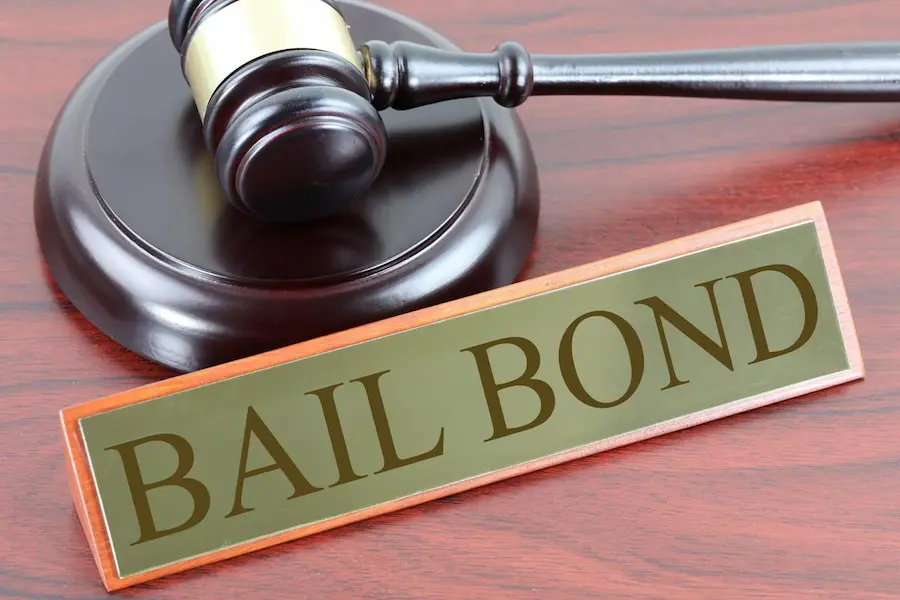









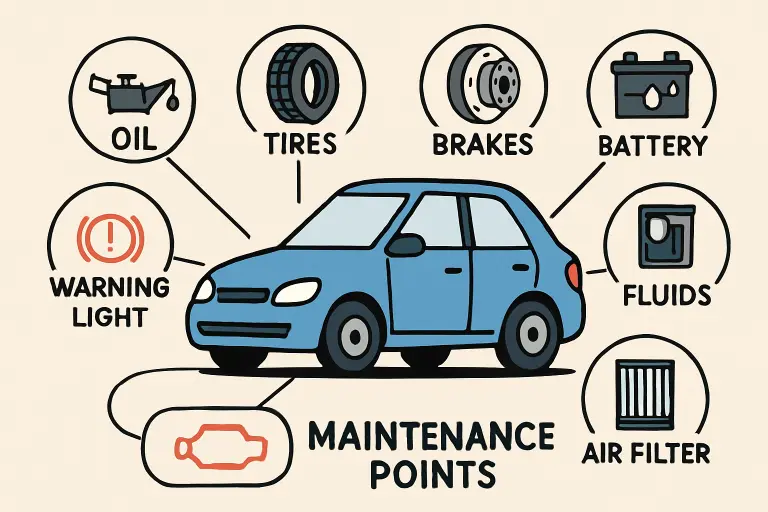


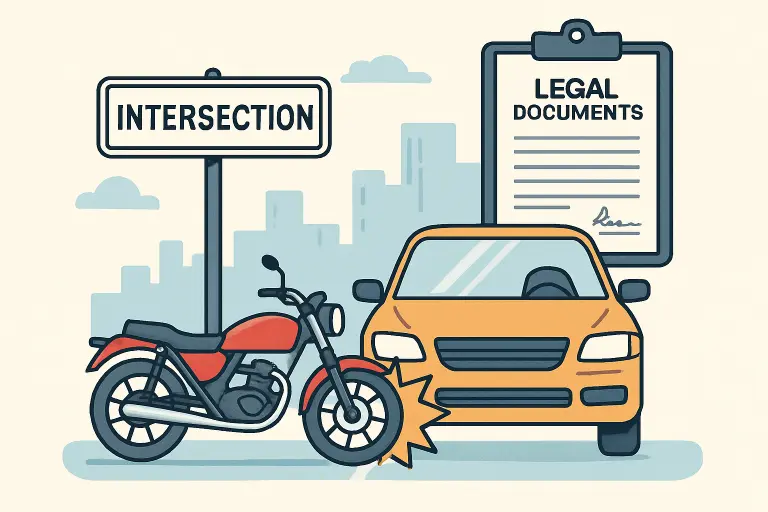









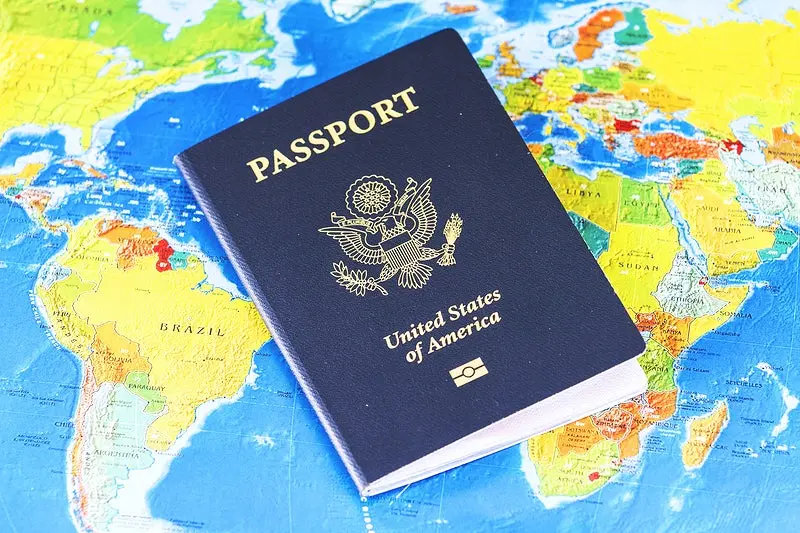
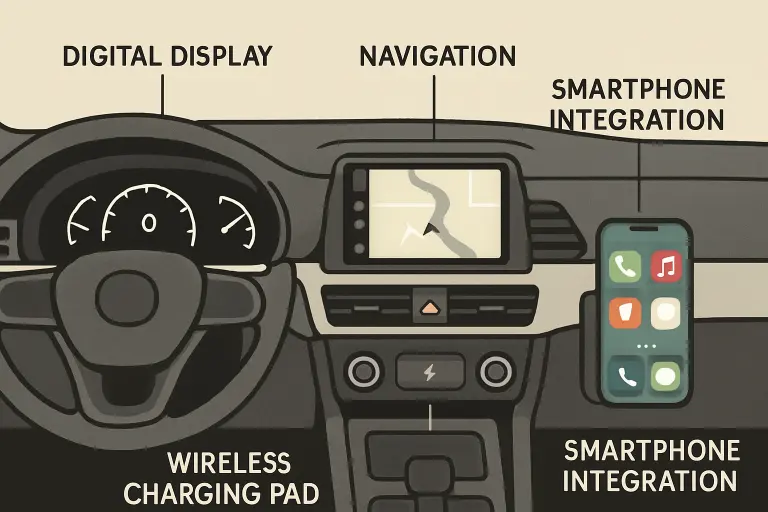



















































































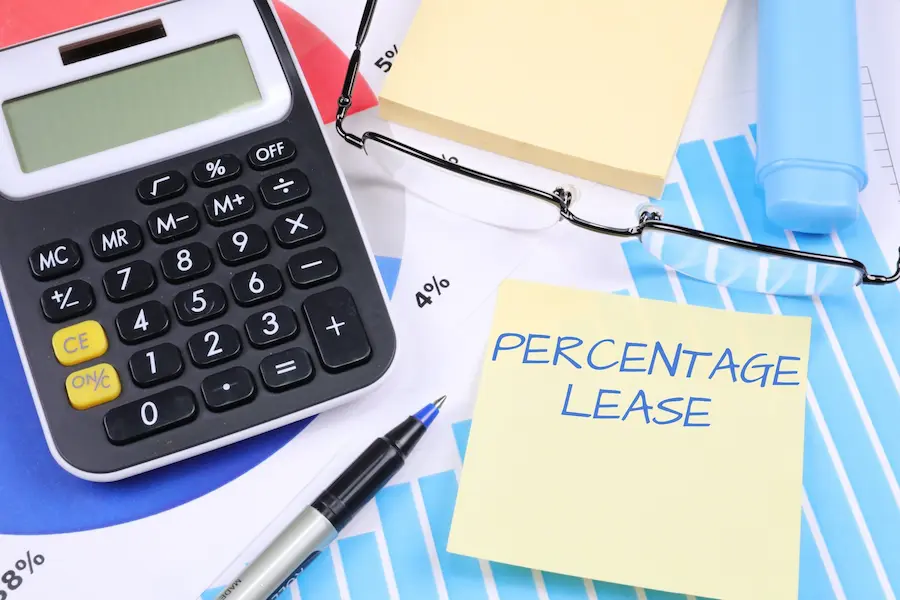



























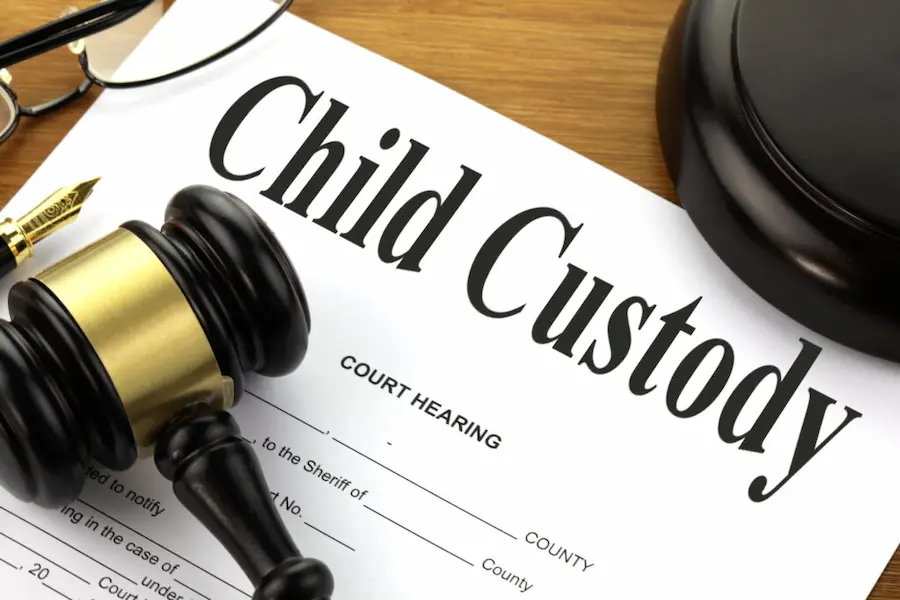






























































































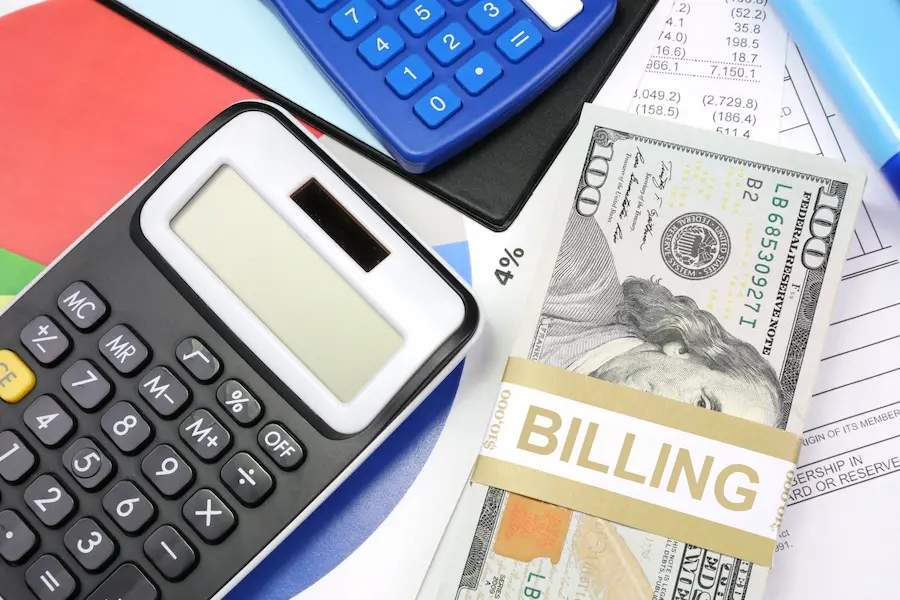


















































































































































































































































































































































































































































































































































































































































































































































































































































































































































































































0